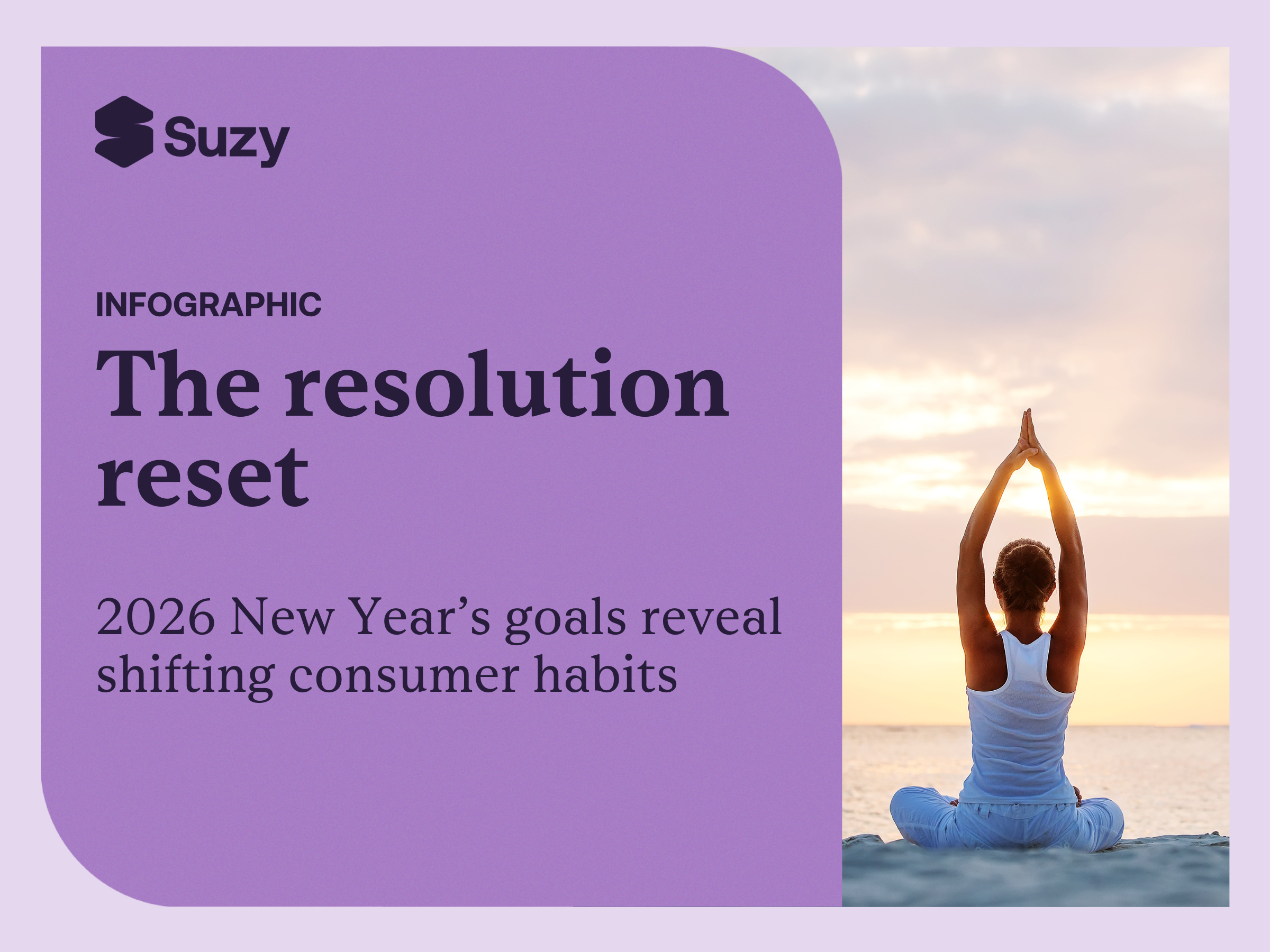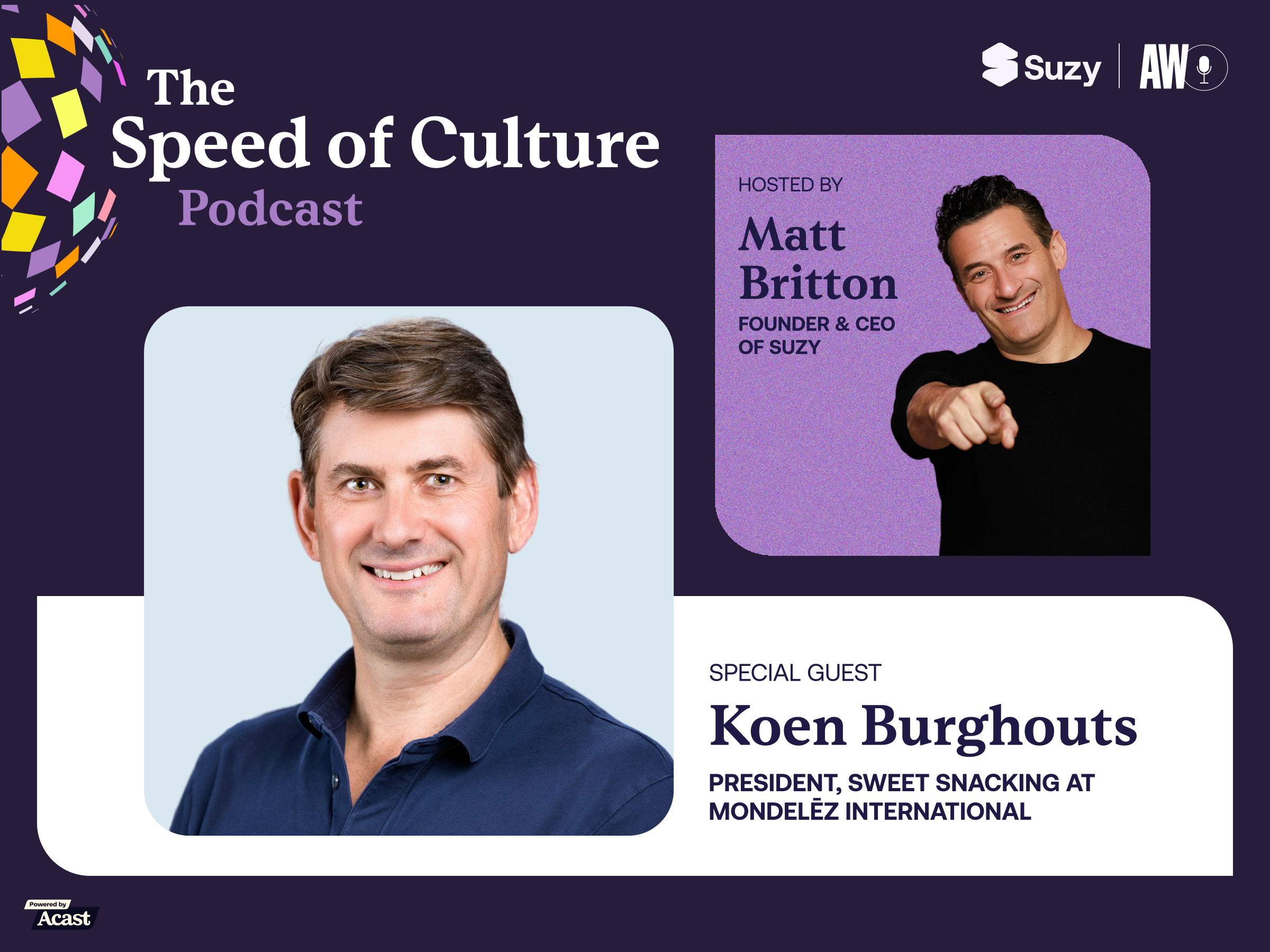Discover how monadic testing empowers brands to refine ideas, eliminate bias, and unlock actionable consumer insights for market-ready success.
Monadic testing is a cornerstone of concept testing, providing a focused lens through which brands can assess consumer reactions to various ideas, products, or campaigns across the metrics that matter most. It stands as a critical methodology for brands aiming to refine their offerings and minimize noise in their consumer feedback loop.
What is monadic testing?
Monadic testing, often referred to as A/B testing or split testing, is a research methodology for concept testing. With pure monadic testing, each concept is evaluated on the same set of metrics as the other concepts, but respondents are only exposed to one concept. This allows researchers to mimic real-world encounters where consumers are exposed to one version of a product, ad, or packaging at a time in a store or online, rather than being exposed to multiple versions of that product, ad, or packaging, which is unlikely to happen in the real world.
Why choose monadic testing over sequential monadic?
In contrast to pure monadic testing, where respondents are exposed to exactly one concept, sequential monadic testing exposes respondents to multiple concepts in a randomized sequence, where they evaluate each concept on the same set of metrics each time. While this method allows brands to test all concepts with each respondent, this method introduces order bias and comparison bias. Once respondents see their second assigned concept, they still have their first assigned concept fresh in their minds. Their responses are further muddled by the time they see their third assigned concept and fourth assigned concept and so on, where their ability to evaluate each concept on its own without bias is degraded with each new concept introduced.
Monadic testing with Suzy
At Suzy, monadic testing is designed for simplicity, efficiency, and scalability. The platform allows users to test up to 10 concepts in a single survey, target precise audiences, and flexibly choose templated and/or custom KPIs. Unlike other survey tools, Suzy’s flexible credit model means brands are never charged per concept or per response. Instead, brands are charged per question, where there’s no penalty in cost to test 2 concepts or 10, or with 100 respondents or 1,000. In addition to survey-based monadic tests, teams can run monadic testing through Suzy Speaks – an asynchronous, voice-led experience in which respondents are randomly assigned to one concept and share feedback via recorded audio responses.This voice-based monadic option lets researchers hear the “why” behind the numbers while preserving the statistical rigor of single-cell exposure and the same cost-efficient pricing model.
One of the biggest advantages of concept testing with Suzy is that methods like monadic testing can be paired with and iterated on with other methodologies. Brands can easily refine their concepts by retargeting respondents who participated in previous stages of research. For example, let’s say a brand started their concept testing study with a MaxDiff survey to identify an order of preference for 30 concepts. The brand could then take the top performers and run a Monadic test to evaluate those top concepts across multiple custom metrics. The brand could identify specific respondents from their monadic test to follow up with video open-ends to better understand their opinions. The brand could then bring in specific VOE participants for live one-on-one interviews or focus groups to further refine their concepts in a synchronous format. This iterative process could continue via quant and qual methods, like heatmapping or in-home usage tests until the brand feels confident in their chosen concept(s).
Conclusion
Monadic testing is an essential tool for brands looking to refine concepts without the influence of comparison bias. Suzy’s platform not only simplifies the process but also integrates complementary methods like heatmapping and video open-ends to provide a holistic view of consumer feedback.
Whether you’re fine-tuning an ad campaign or validating a new product design, Suzy’s monadic testing ensures you get the reliable insights you need—without breaking the bank. Ready to test smarter? Explore Suzy's tools and start your journey to better consumer understanding today!
.webp)







